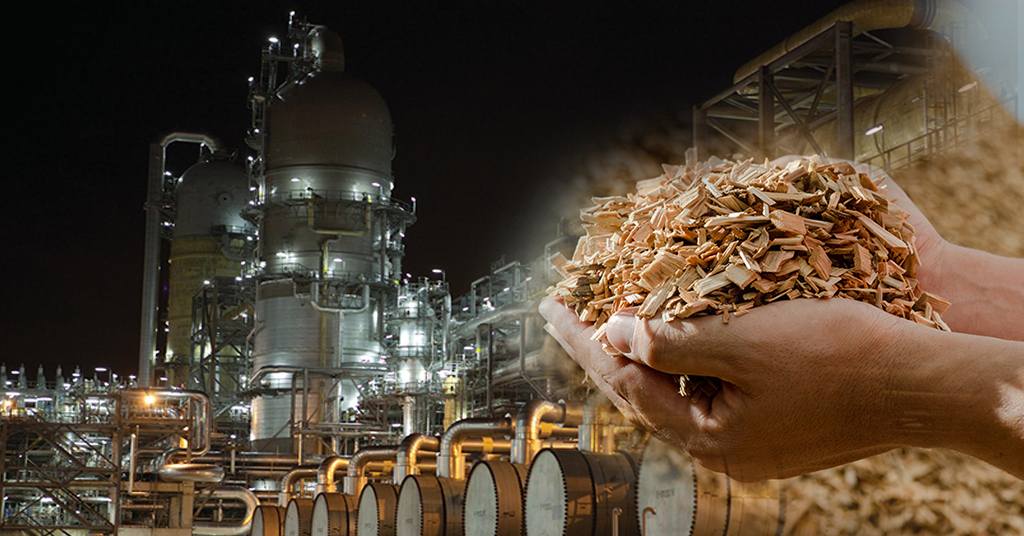Fuel Tanker Shipments Face Delays Amidst Panama Canal Drought and Route Changes
- 13-Dec-2023 6:30 PM
- Journalist: Nicholas Seifield
The oil tanker Cururo is embarking on an unconventional journey from Houston to Chile, tracing the entirety of South America's Atlantic coast, crossing the Strait of Magellan, and then navigating up the Pacific coast before reaching its destination. This extended route, covering over 10,000 nautical miles (18,520 km), is a stark contrast to the typical route through the Panama Canal, which spans about 5,000 miles and takes approximately 23 days. The prolonged voyage, expected to last 32 days, exemplifies the evolving dynamics in maritime trade brought about by a severe drought in Panama.
The impact of the drought has prompted shifts in trade patterns, contributing to an increase in freight costs and influencing the flow of goods. This deviation from the conventional route is set to reduce the volume of U.S. gasoline destined for the West Coast of South America, particularly Chile.
The journey of the Cururo underscores the new realities faced by the shipping industry as vessels encounter challenges navigating the Panama Canal, leading to altered trade routes. Last month, the Cururo initially set course for the Panama Canal but, unable to secure a passage slot, opted for an alternative route. Similarly, two other vessels, Green Sky and High Loyalty, engaged in the transportation of refined products, have also chosen lengthier routes to or from Chile, circumventing the Panama Canal.
For vessels without priority in the canal, such as tankers and other ship types, the option of taking longer routes or participating in Panama's daily slot auctions has resulted in increased transportation costs. The redirection of U.S. diesel flows is becoming more pronounced, with a growing share heading to Europe as South American demand wanes due to complications in the Panama Canal. Notably, about 45% of U.S. diesel exports in December have been directed to Europe, a significant increase from the approximately 21% recorded the previous month.
The consequential shift in the flow of refined products is poised to elevate shipping activity, measured in tonne-miles, and contribute to higher freight rates. U.S. tankers, traditionally bound for South America, are now crossing the Atlantic to Europe. Simultaneously, vessels from Asia are adjusting their routes to South America, creating a ripple effect on global shipping dynamics. As the shipping industry adapts to these changes, stakeholders are closely monitoring the evolving trade patterns and considering strategies to navigate the challenges posed by the Panama Canal's current limitations.



